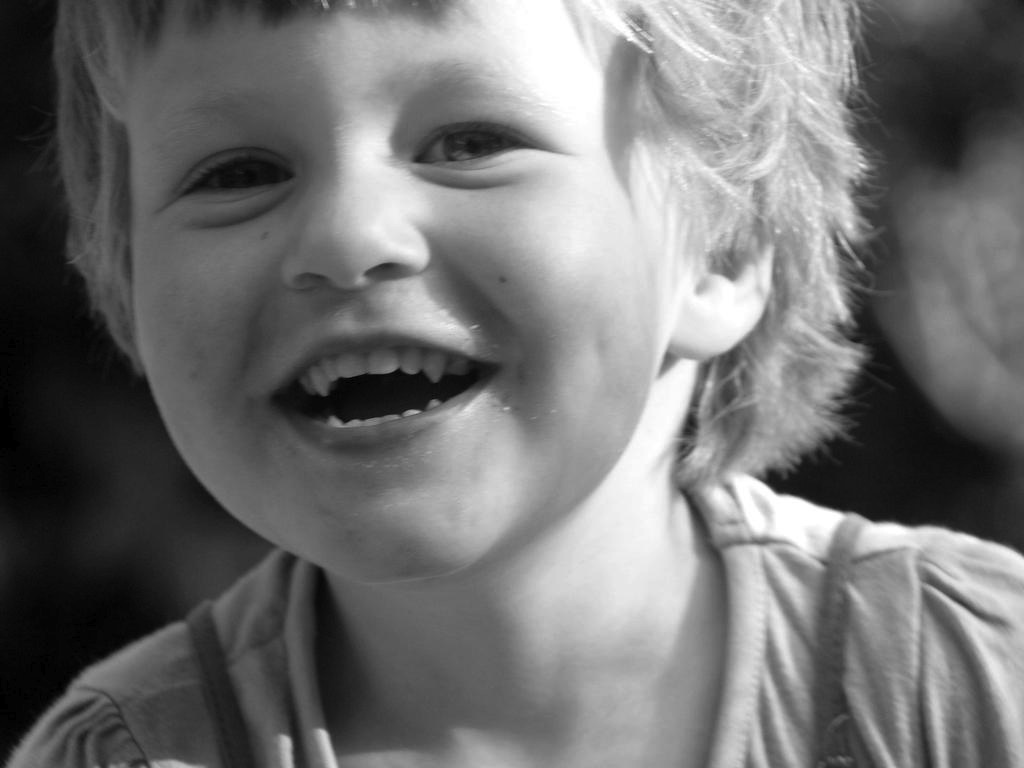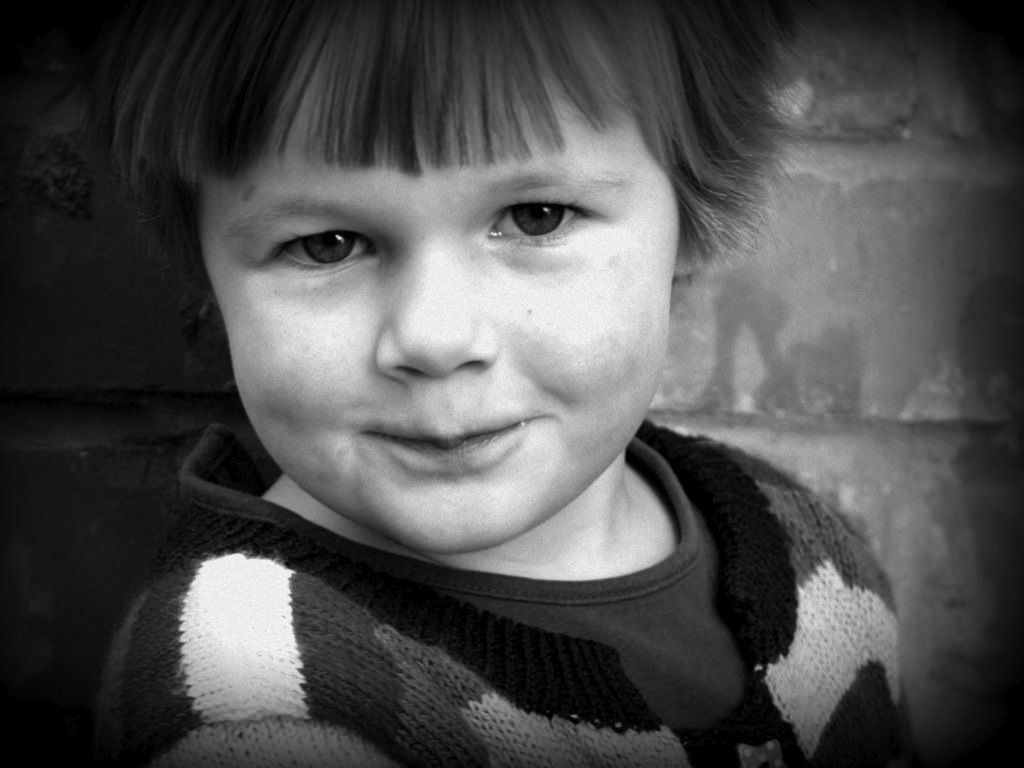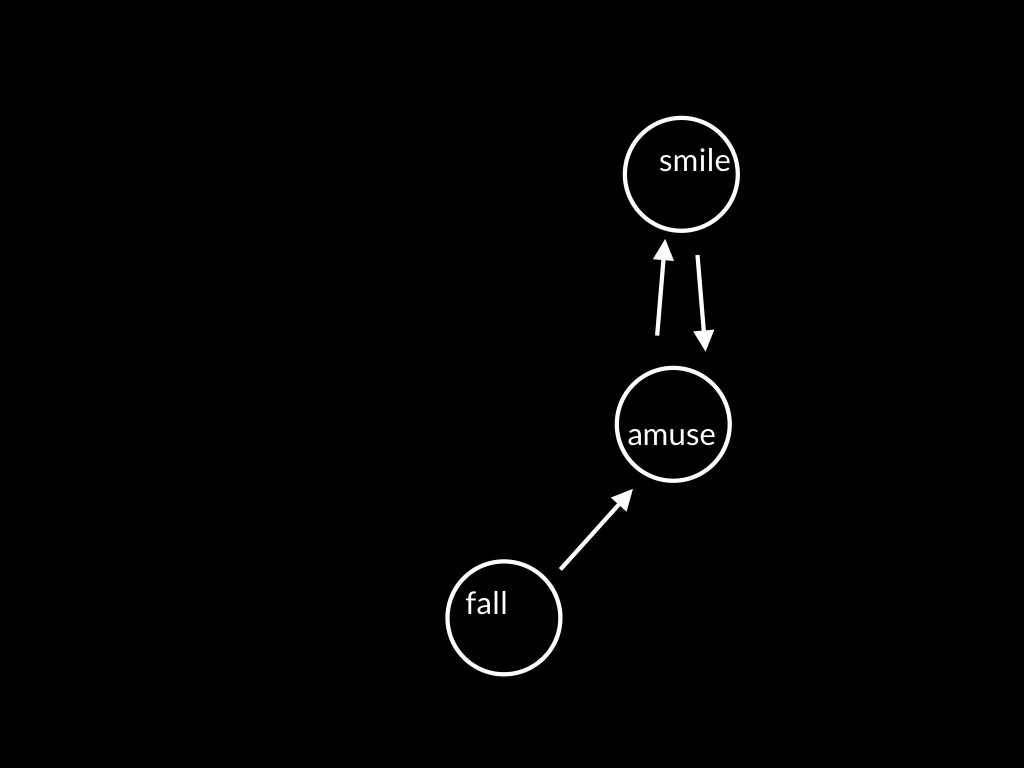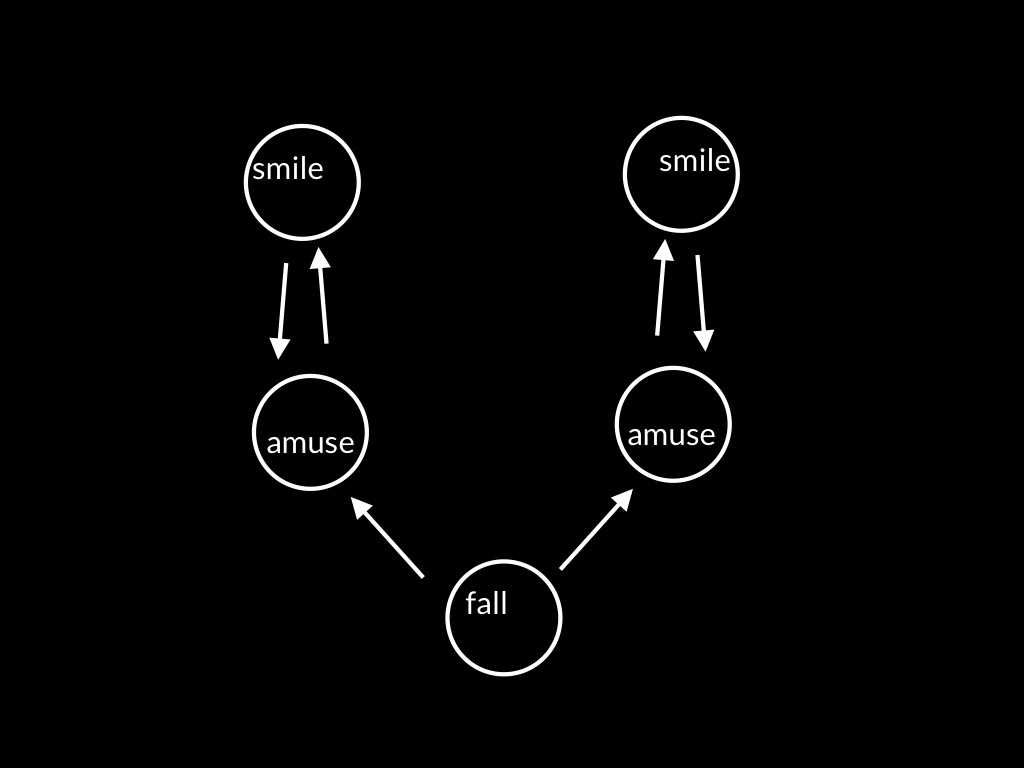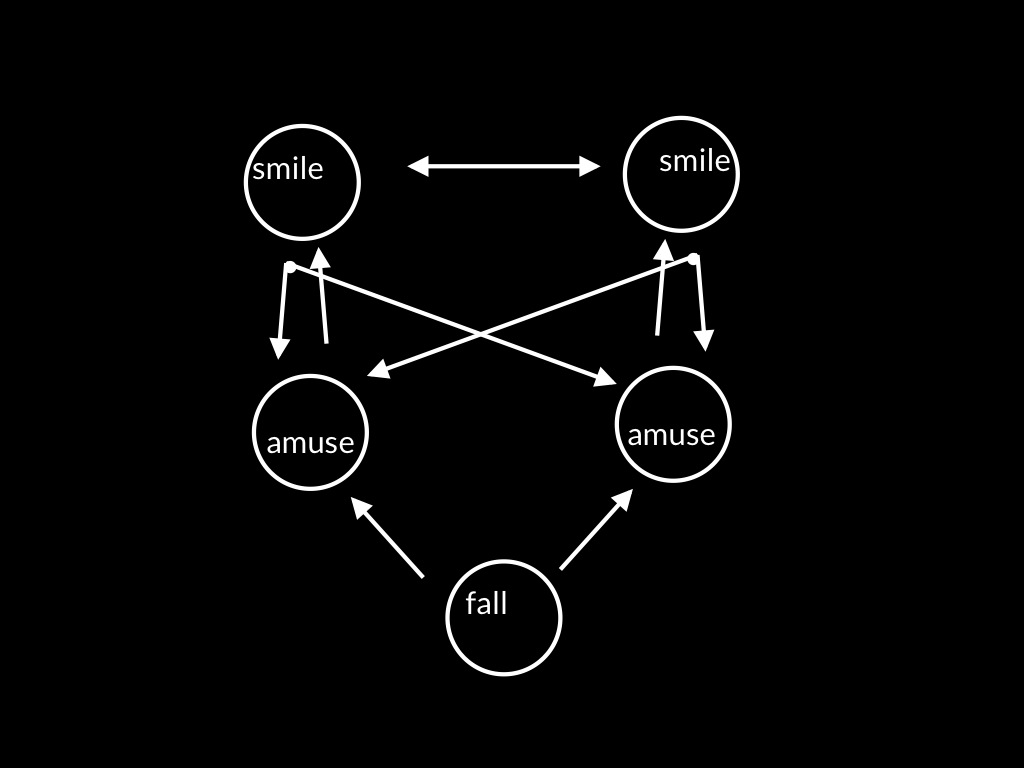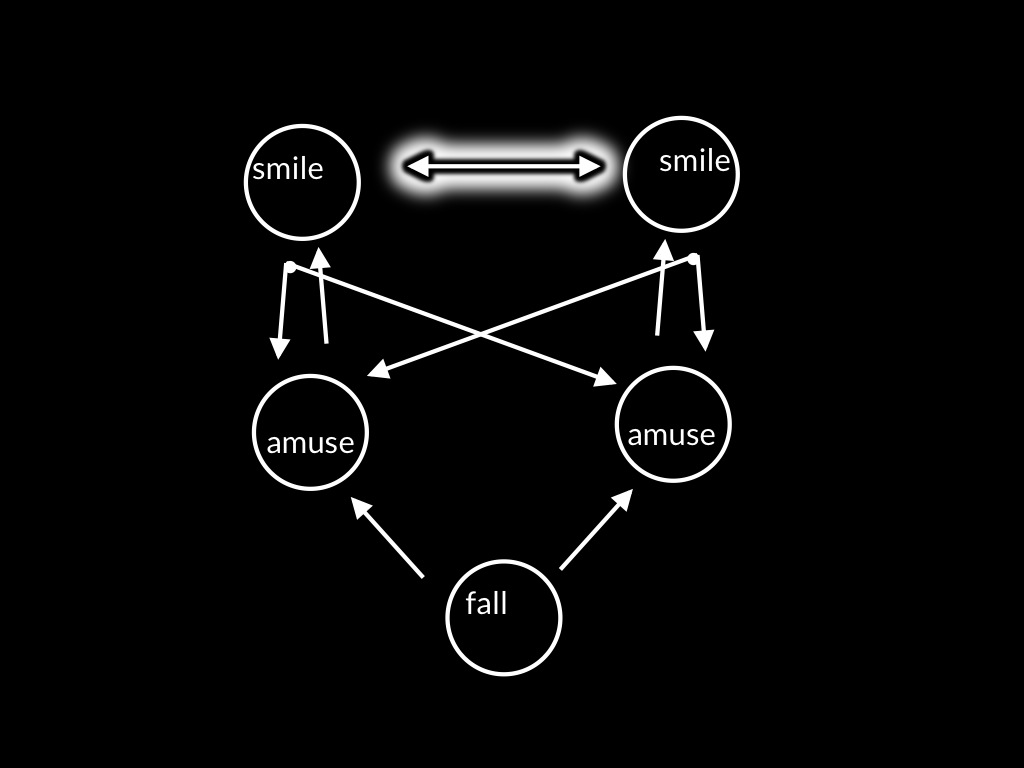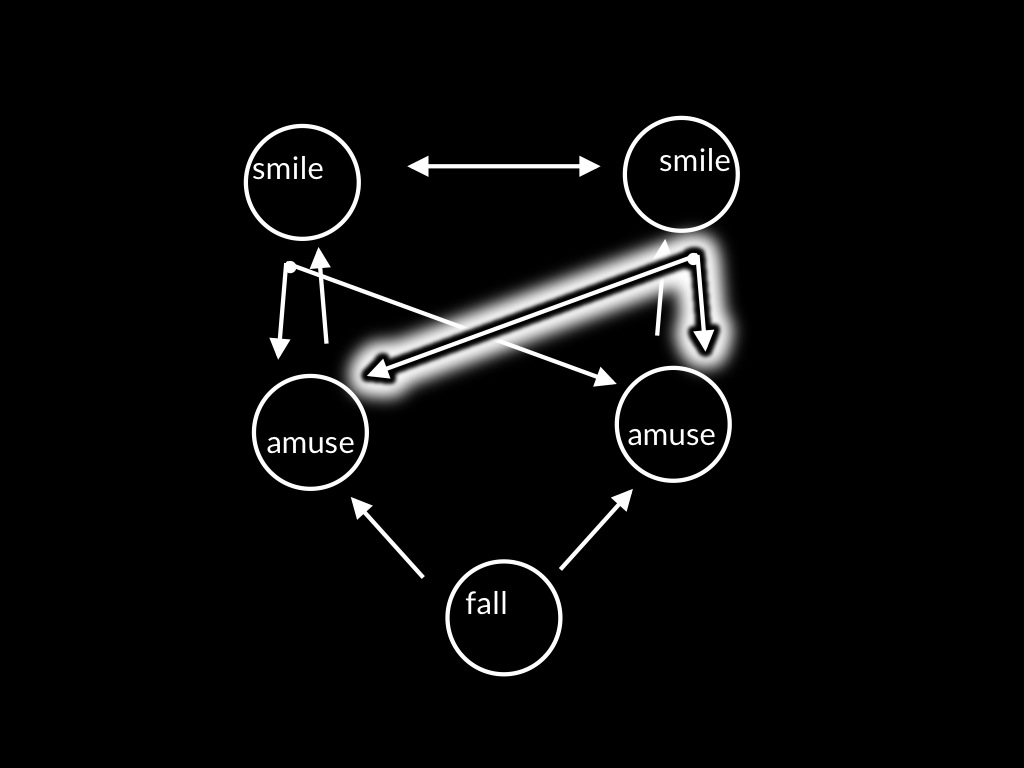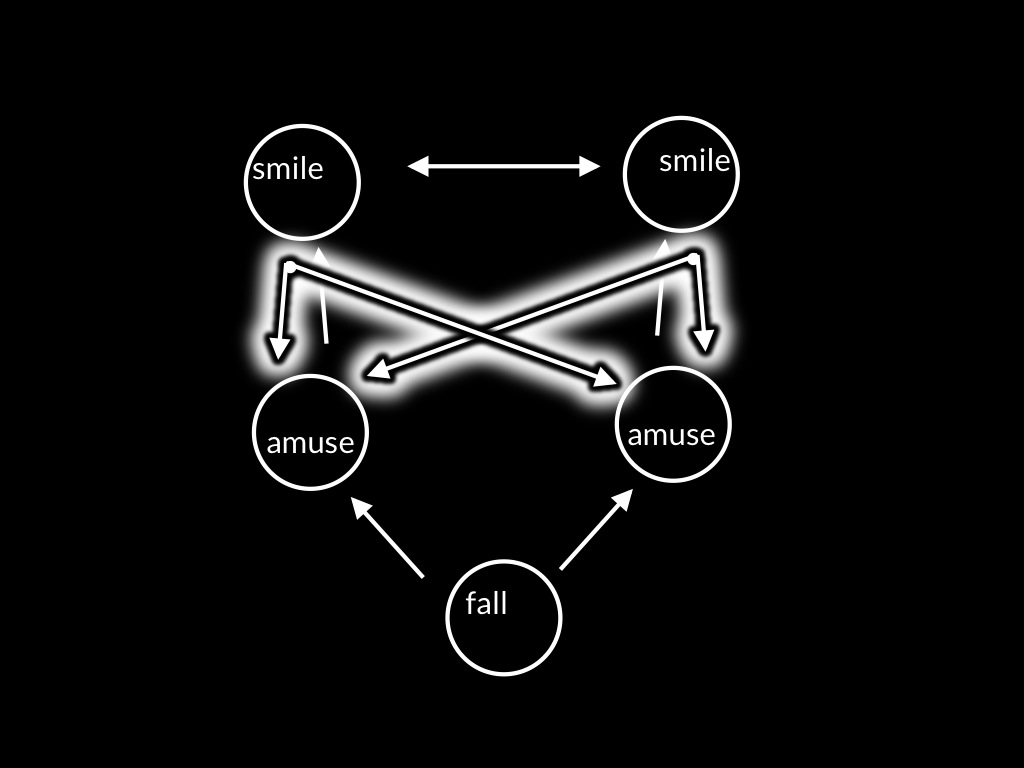Click here and press the right key for the next slide (or swipe left)
also ...
Press the left key to go backwards (or swipe right)
Press n to toggle whether notes are shown (or add '?notes' to the url before the #)
Press m or double tap to see a menu of slides
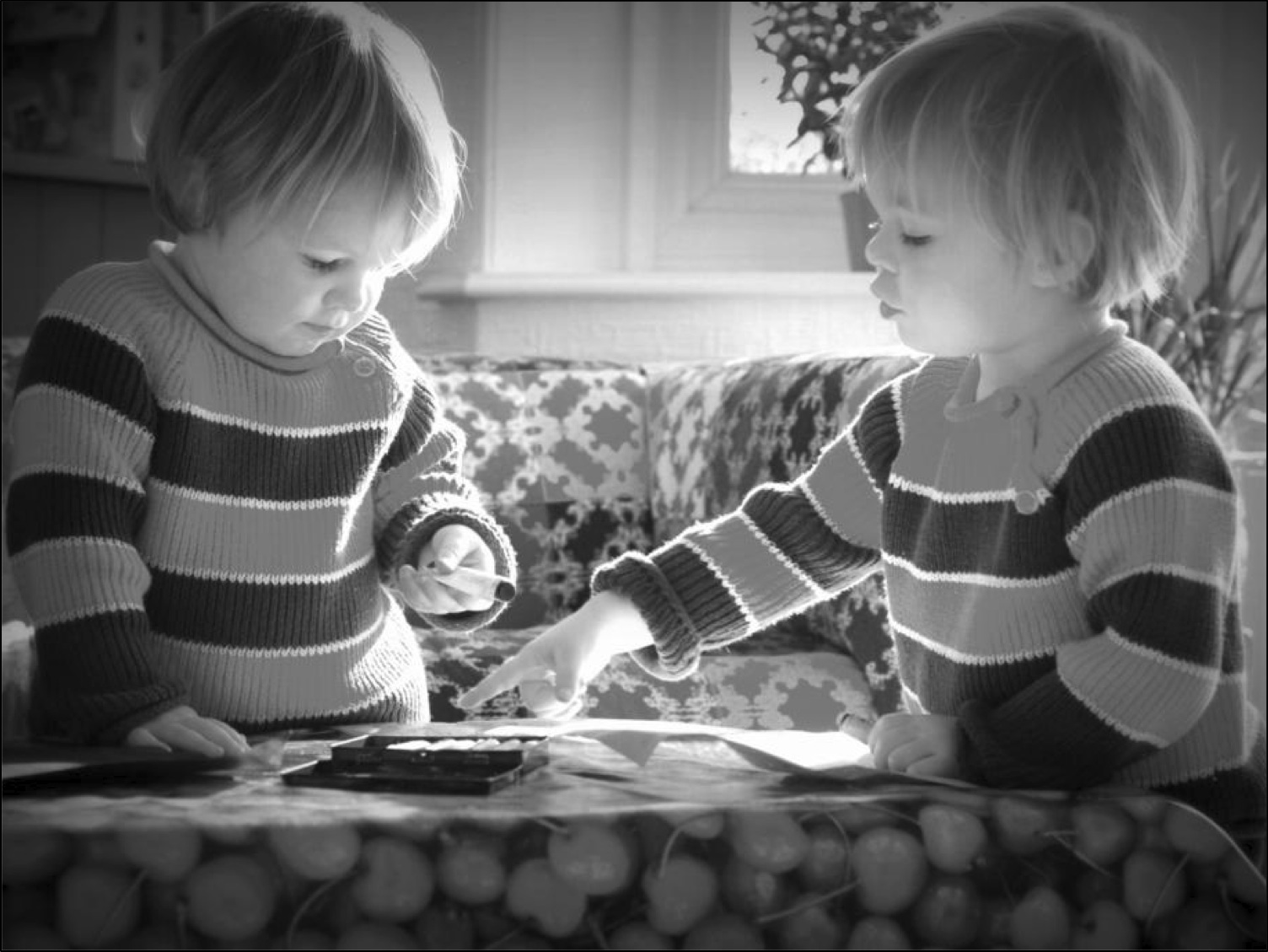
Naturalising Joint Actions
s.butterfill@warwick.ac.uk
In virtue of what do actions involving multiple agents ever have collective goals?
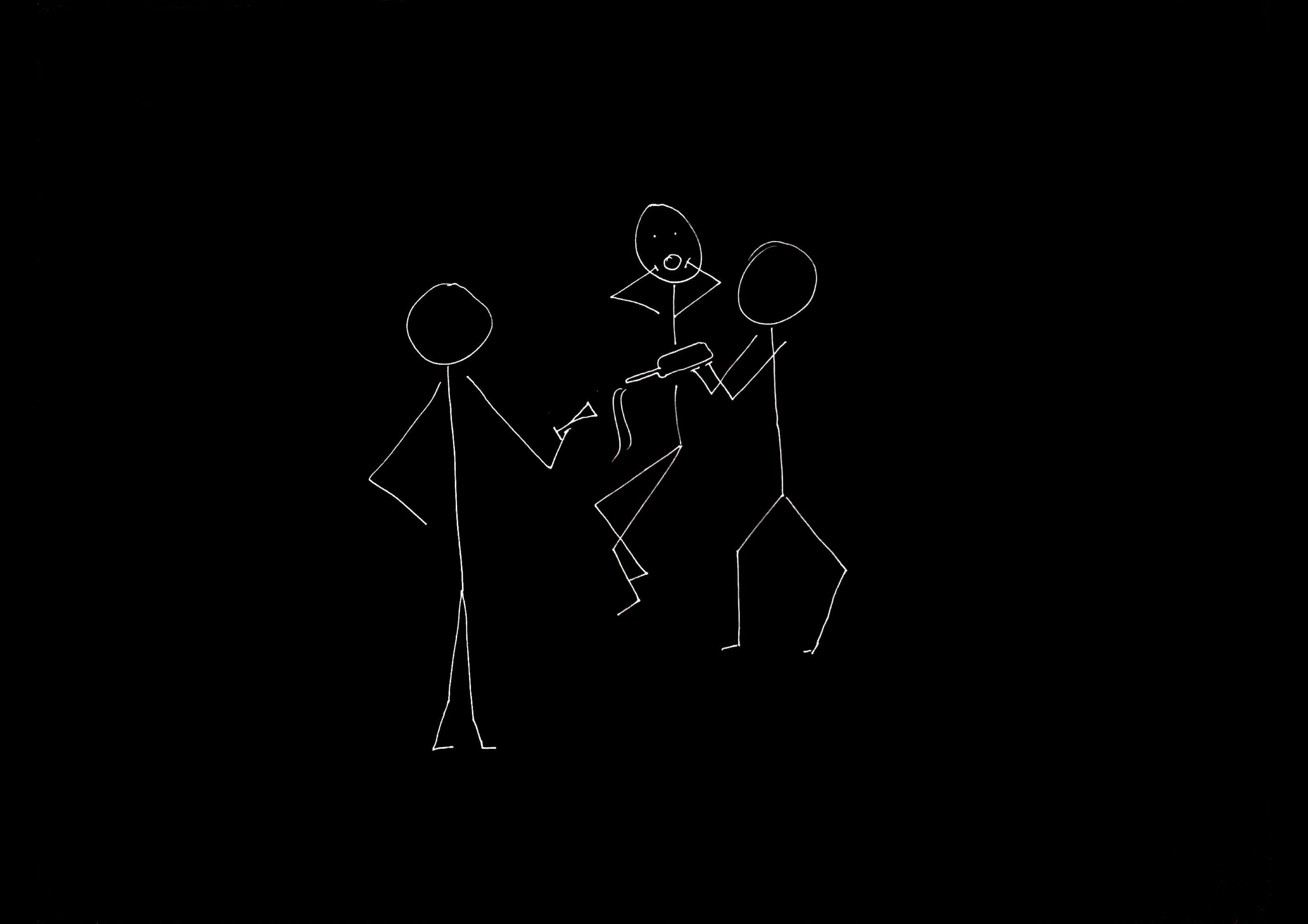
The tiny drops fell from the bottle.
- distributive
The tiny drops soaked Zach's trousers.
- collective
Their thoughtless actions soaked Zach's trousers. [causal]
- ambiguous
The goal of their actions was to fill Zach's glass. [teleological]
- also ambiguous

In virtue of what do actions involving multiple agents ever have collective goals?

Preliminary: Just One Agent
In virtue of what do actions involving just one agent ever have collective goals?
- intention
- motor representation
motor representations
can
represent outcomes
and
trigger planning-like processes









Parallel Planning
How to get from individual to joint planning-like processes?
‘shared intentional agency consists, at bottom, in interconnected planning agency of the participants.’
(Bratman 2011, p. 11)
Facts about your plans feature in my plans & conversely.

‘shared intentional agency consists, at bottom, in interconnected planning agency of the participants.’
(Bratman 2011, p. 11)
Facts about your plans feature in my plans & conversely.
parallel planning
You plan my actions as well as yours, and I do likewise.
open-ended intentionsTo solve this dilemma we need to appeal to some ways in which intentions can be open-ended.: whatIt's a familiar idea that intentions can be open-ended with respect to what is intended.For instance, you can intend to visit the Weinachtsmarkt without intending to do so on any particular day., and whoIt's also true that intentions can be open-ended with respect to who will act on them.Consider a couple planning some tasks at the start of the weekend: they need to buy bread, to clean the bath, ... At this point, their intention is that one or both of them will do each of these things, but there is no further specification concerning who will act. Now you might say that you can't intend something without settling who will act. But this seems wrong given that (i) the couple's attitudes are practical, and (ii) generate requirements concerning agglommeration. (Even before it's determined who will do what, I know that I'm not going to be able to spend the afternoon in the pub.)[*skip] You might also say that open-ended intentions generate pressure to filling in details. This is true, but the details are not always filled by further intentions. At some point intentions give out and we just act. The point of appealing to the table-moving example was that here there is no need for the intention to specify the agents.I want to suggest that appeal to the open-endedness of intentions will help with the dilemma I had.The problem was, what attitude could I have to another's actions?
‘shared intentional agency consists, at bottom, in interconnected planning agency of the participants.’
(Bratman 2011, p. 11)
Facts about your plans feature in my plans & conversely.
parallel planning
You plan my actions as well as yours, and I do likewise.

Two (Or More?) Agents

Any evidence for parallel planning-like motor processes?
- Each represents a single outcome motorically, and
- in each agent this representation triggers planning-like processes
- concerning all the agents' actions, with the result that
- coordination of their actions is facilitated.
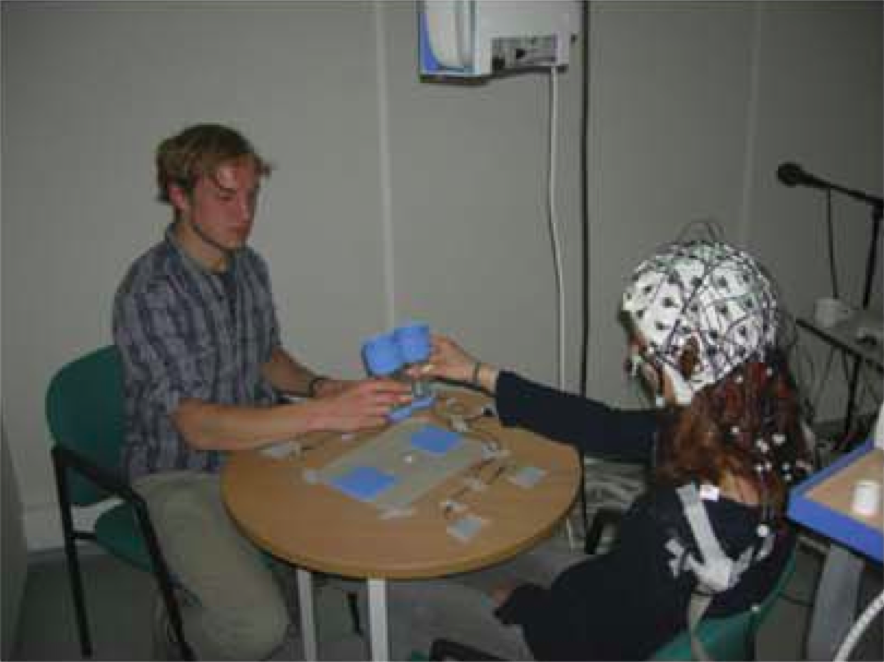
Kourtis et al (2014, figure 1c)
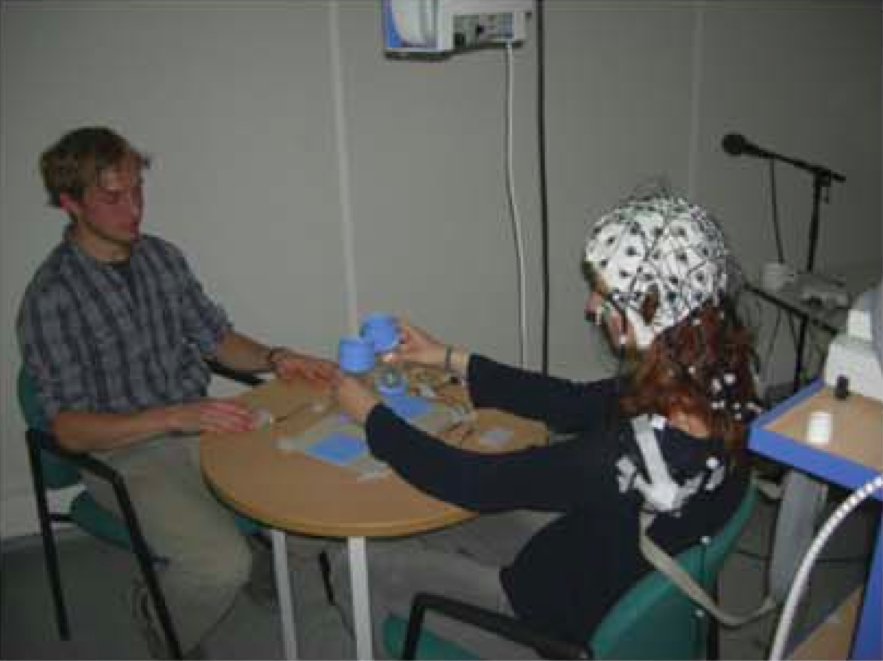
Kourtis et al (2014, figure 1c)
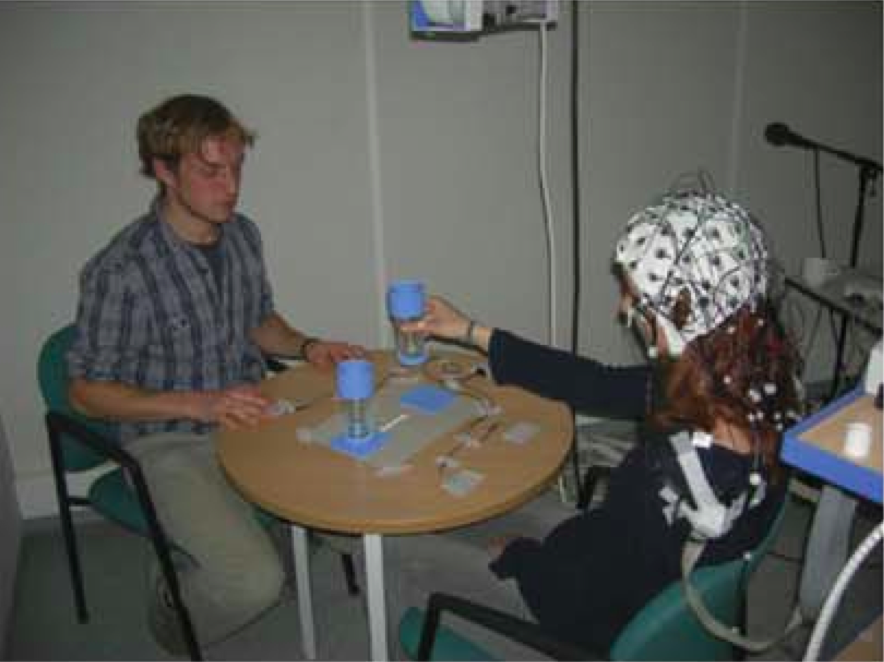
Kourtis et al (2014, figure 1c)
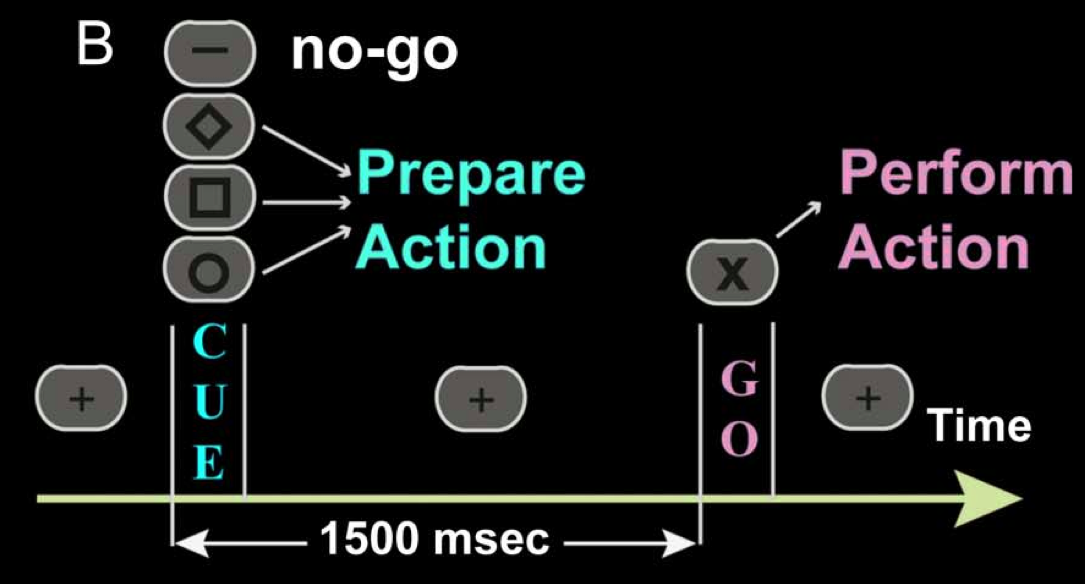
Kourtis et al (2014, figure 1b)

joint

individual-bimanual

individual-unimanual
Kourtis et al (2014, figure 1c)
CNV
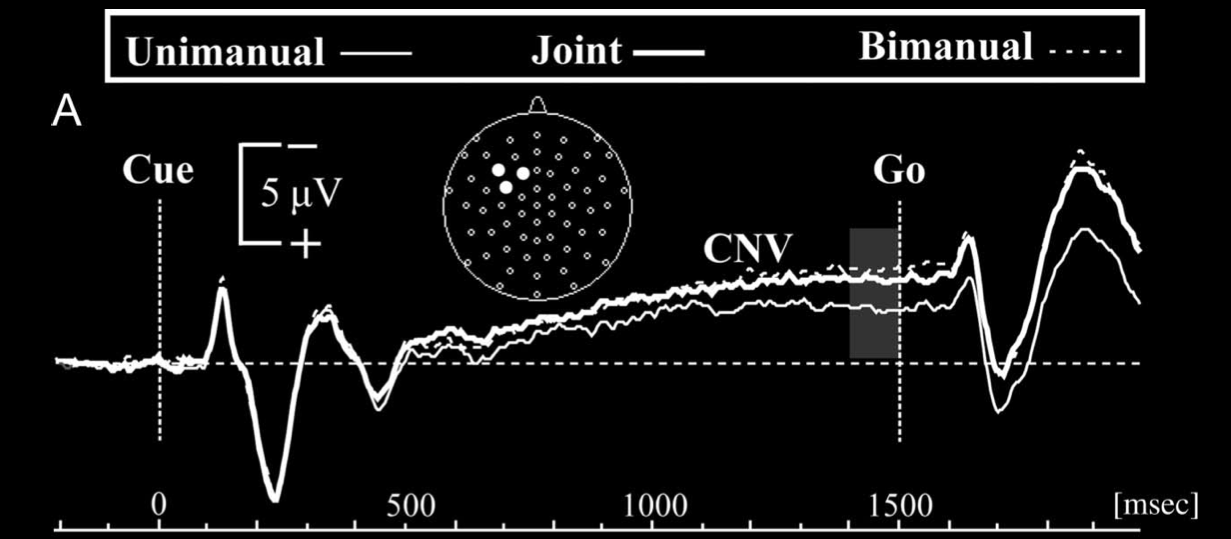
Kourtis et al (2014, figure 4a)
Conjecture
Sometimes when two or more actions involving multiple agents are, or need to be, coordinated:
- Each represents a single outcome motorically, and
- in each agent this representation triggers planning-like processes
- concerning all the agents' actions, with the result that
- coordination of their actions is facilitated.
prediction



Conjecture
Sometimes when two or more actions involving multiple agents are, or need to be, coordinated:
- Each represents a single outcome motorically, and
- in each agent this representation triggers planning-like processes
- concerning all the agents' actions, with the result that
- coordination of their actions is facilitated.





collective goals

In virtue of what do actions involving multiple agents ever have collective goals?

From Collective Goals to Joint actions
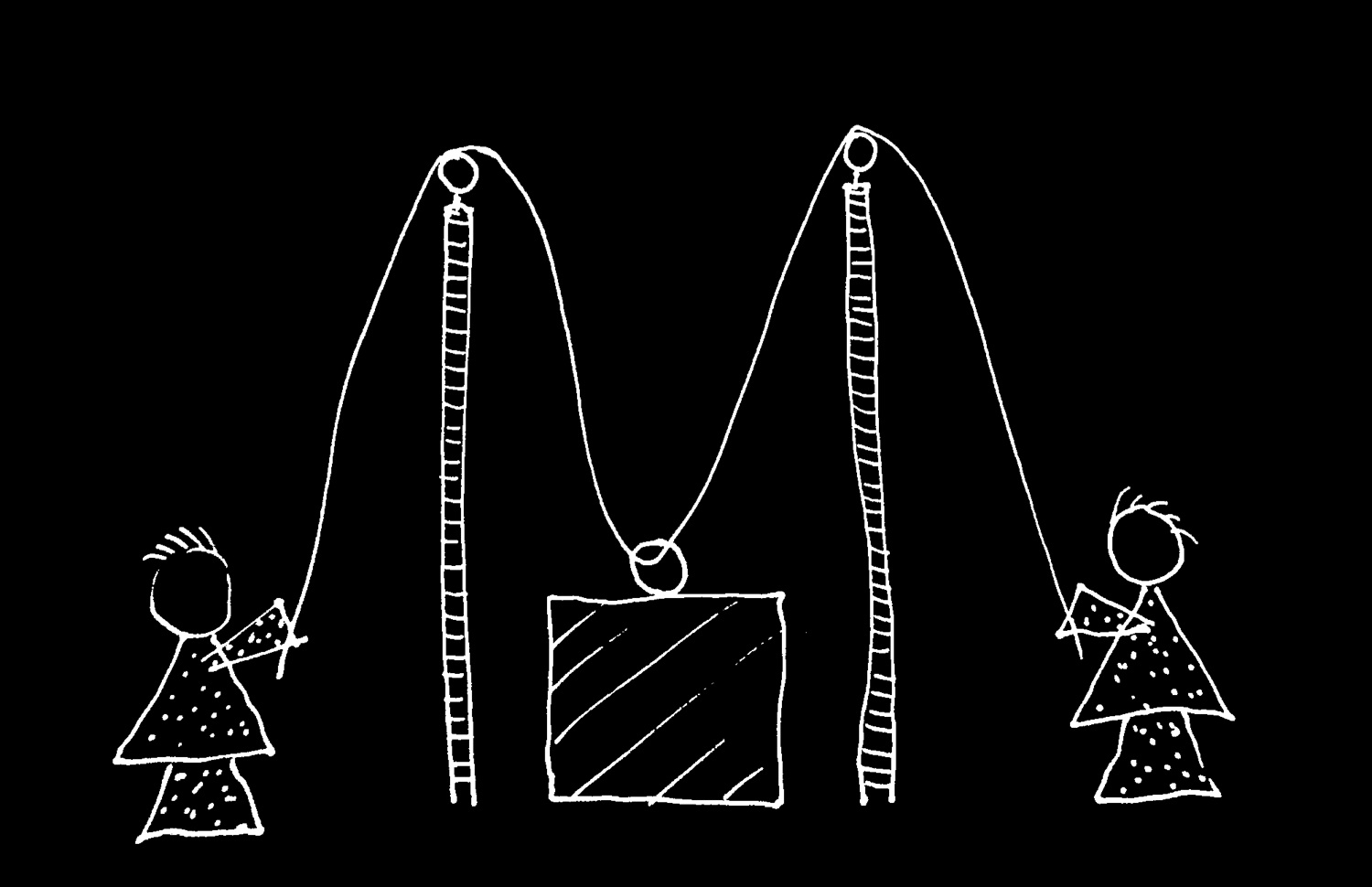
collective goal = joint action ? no !
collective goal grounded by i.a.s.m.r. + X = joint action? ...
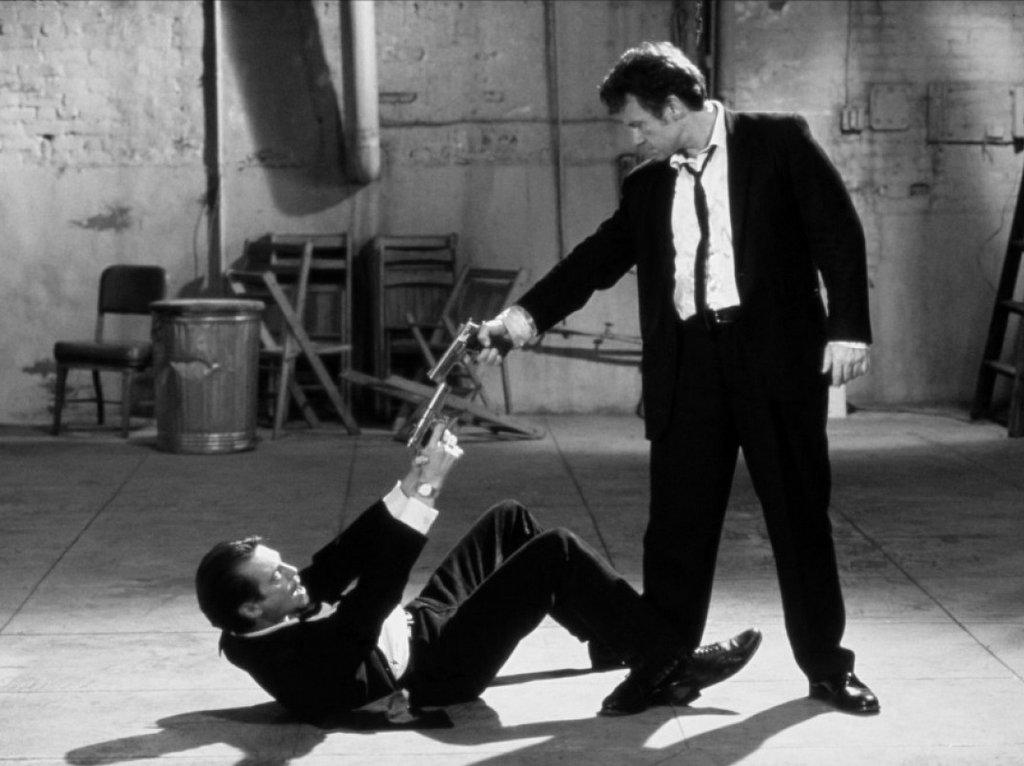
Simple Account
(Intentional) joint action occurs when there is an act-type, φ, such that each of several agents intends that they, these agents, φ (and their intentions are appropriately related to their actions).
‘each agent does not just intend that the group perform the […] joint action.
‘Rather, each agent intends as well that the group perform this joint action in accordance with subplans (of the intentions in favor of the joint action) that mesh’
(Bratman 1992: 332)
We have a shared intention that we J if
‘1. (a) I intend that we J and (b) you intend that we J
‘2. I intend that we J in accordance with and because of la, lb, and meshing subplans of la and lb; you intend [likewise] …
‘3. 1 and 2 are common knowledge between us’
(Bratman 1993: View 4)
the simple account revised

(Intentional) joint action occurs when there is an act-type, φ, such that each of several agents intends that they, these agents, φ (and their intentions are appropriately related to their actions).
φ comprises two or more actions involving multiple agents where the actions have a collective goal in virtue of an interagential structure of motor representation.
interagential structure of motor representation grounds collective goal
> experience of act type
> concept of act type
φ is an act-type we know through experiences arising from interagential structure of motor representations grounding collective goals.
conclusion

Sharing a Smile
